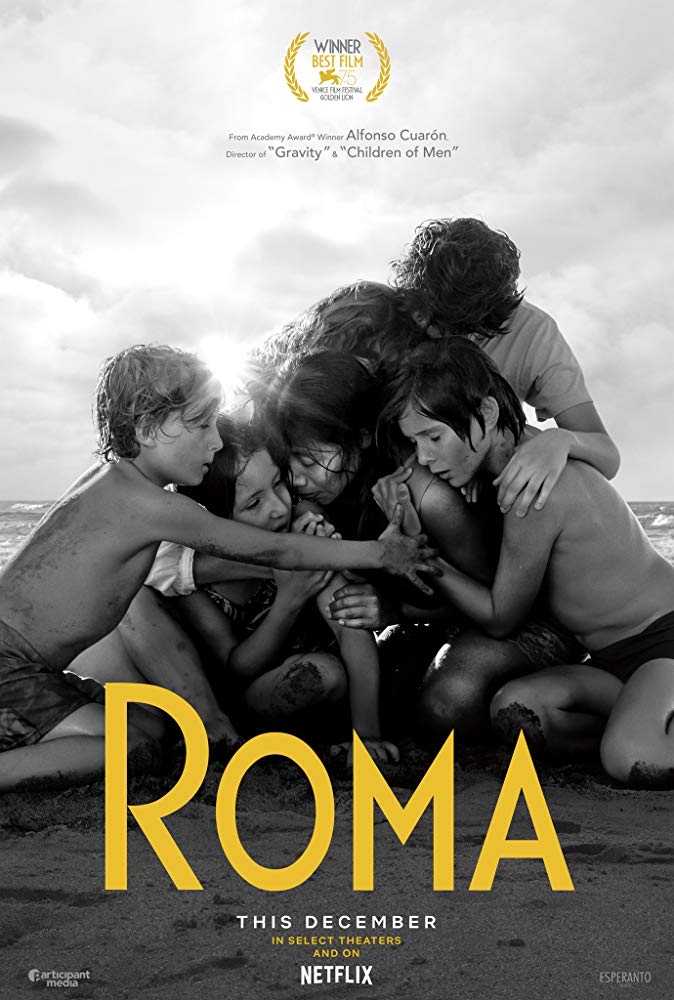‘Roma’ is 2018’s lasting visual marvel

Though 2018 may be over, there are plenty of movies that we all are still playing catch up with. One of them is director Alfonso Cuarón’s (previously directed “Children of Men” and “Gravity”) newest film, “Roma.” Taking place in early 1970 Mexico City, Mexico, the film follows the life of Cleo, a maid working for a middle class family, as she deals with a variety of challenges with those close to her.
It’s not worth going much further into plot detail, as this is an experience that has to be seen to be believed. “Roma” is an achievement in visual storytelling, allowing its breathtakig cinematography to take center stage and get across much of the emotion and subtlety.
Cuarón, who is also credited as cinematographer, makes some interesting creative choices in this category that ultimately benefit the final product. A grand majority of the shots are wide and pan from left to right in a graceful manner. Combined with the unbroken nature of those shots, it further succeeds at immersing the viewer into the action in a freshly nuanced way. Furthermore, the way scenes are shot and composed are rich with detail — yet do so in a poetic manner, allowing the audience to take in the environment while gradually pinpointing where the focus is.
The other choices made also show the film’s level of restraint in wanting to make the camera the main star here. The use of black and white may be a bit off putting at first for some, but it oddly compliments the film’s tone and allows the composition and lighting to become more prominent. The lack of any noticeable musical score or soundtrack is also a unique creative choice, but works at the end. This is done to highlight the film’s monumental sound design — which works in harmony with the cinematography to be fully immersive and stunningly realistic. The bustling sounds of the city, the crash of the waves, the roar of passing planes and even the subtle noises of the household, all have an enveloping energy to them while never being distracting.
“Roma” proves so exceptional in the art of filmmaking that it seemingly overshadows the narrative at times. This is somewhat true, since the craft shown here is beyond mesmerizing but it, like any good film, is there to benefit the story. The realistic manner in which the movie is presented rubs off on our characters and their dilemmas. Themes of abandonment, moving on, family and loss take place to tell an intimate drama all while the frighteningly evolving world of the ’70s plays as a backdrop.
This leads to a host of fantastic performances, particularly by our lead played by Yalitza Aparicio (who has had no acting experience prior, intending to be a school teacher), and some gripping sequences — with one scene taking place in a furniture store and the events following after being a highlight. The pacing of the film does take some time to kick in, and it may not be the most rewatchable film of the year, but this is a journey that you only need to see once to stick with you.
“Roma” is a dazzling, hypnotic achievement in filmmaking that takes the medium to fantastic new places. Featuring a grounded setting, complex characters and exceptional filmmaking, there is no doubt that this is not only on of 2018’s best, but easily the best made film of that year. For those looking to be whisked into a world that is sure to take your breath away, than “Roma” is a must watch.
Review overview
Summary
9.1"Roma" is one of the most significant leaps in filmmaking of all 2018, with a stunning level of presentation made to support a immersive story like no other.


























